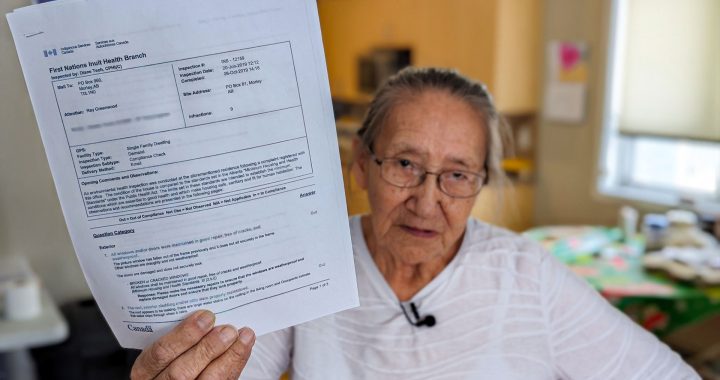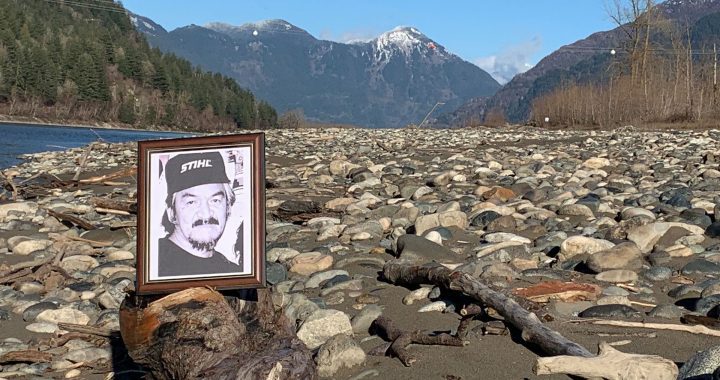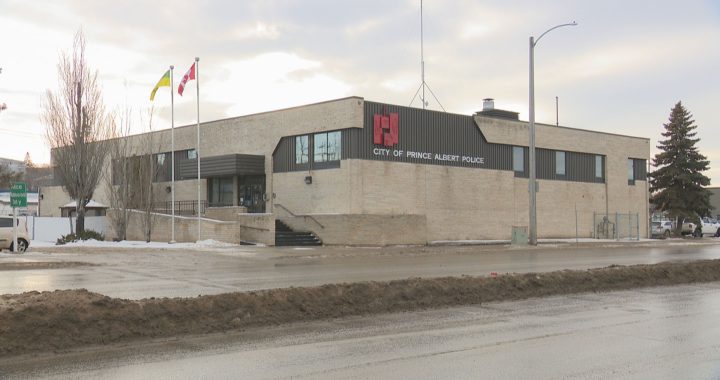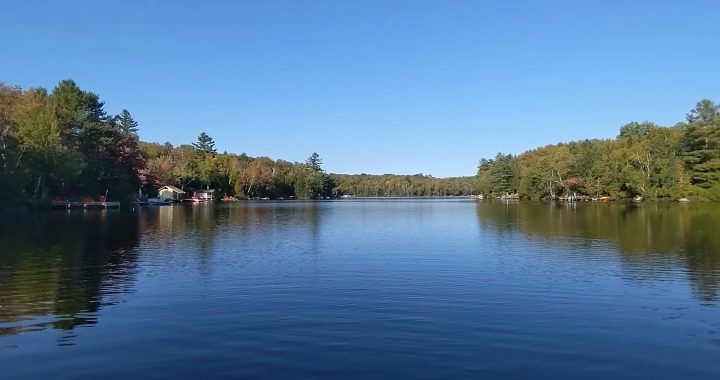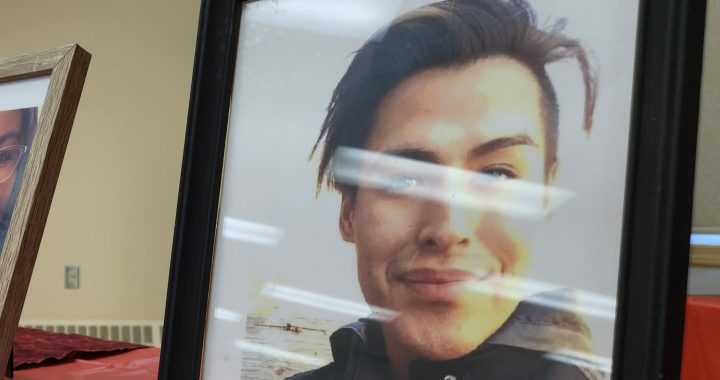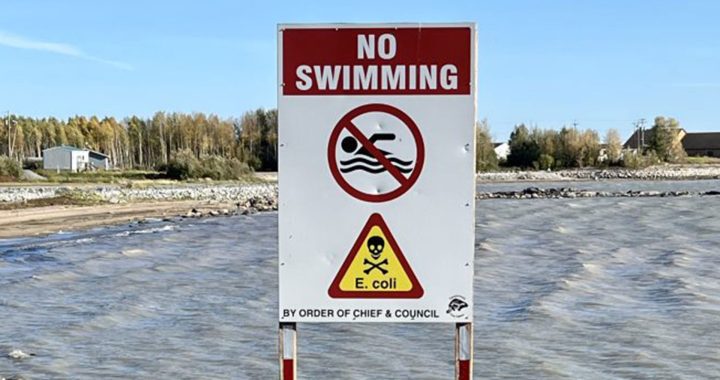By Melissa Ridgen
APTN Investigates
Laws that protect Canadian couples in the event of a breakup were extended to First Nation communities last month when the Matrimonial Real Property Act (MRPA) came into effect. But critics say it’s just another move toward dismantling First Nation communities.
In pushing this bill to become law, Aboriginal Affairs Minister Bernard Valcourt said, “It is unacceptable in this day and age that people living on reserve are not afforded the same rights and protections as those living off reserve.”
“It’s all just optics. It makes white people feel good about themselves,” said activist and Aboriginal lawyer, Joan Jack.
And she says it’s a slippery slope from the MRPA to privatizing reserve land.
“It’s not about giving people rights, it’s about money. Because there’s no money coming from the federal government for housing for infrastructure. So therefore they need to turn everything into (private) lands so people can borrow money from the bank, build a house, build a driveway and the government doesn’t have to pay for anything,” Jack said. “It’s about assimilation.”
The Harper government began the push towards the MRPA back in 2007. Taking the issue one step further (PDF) was the free-market advocacy think-tank, the Fraser Institute.
“When the Fraser institute recommends matrimonial property rights what they’re saying — and they do go steps further in advocating private property in general on reserves and other Aboriginal lands — they frame it in the sense that this is about empowering Indigenous communities, helping them come into the modern democratic market-driven society,” says Andrew Gavin Marshall, an activist/writer/researcher based in Montreal who manages The People’s Book Project examining institutions and ideas of power.
It’s no coincidence that the Conservative government and the Fraser Institute are interested in property issues on reserves, he says, nor is he surprised that the Fraser Institute’s spokeswoman on Aboriginal issues, Ravina Bains, used to be the director of policy for Aboriginal Affairs Canada under the Harper government.
Author and Simon Fraser University professor Don Gutstein has spent decades scrutinizing the interconnectivity of government, the media, think-tanks and big business. Like Marshall, he questions the motivations of both the Harper government and Fraser Institute when it comes to their property rights advocacy.
“Their mission is to turn everything into markets, and there are obstacles to markets. One obstacle is Aboriginal governance where there’s collective ownership. That has to be gotten rid of — eliminated. So that’s one of the projects they are involved with is to work gradually to undermine band structure and turning reserves into private land that can then be bought and sold by anybody,” Gutstein says.
That the mainstream media runs with the Fraser Institute’s research and doesn’t question why the think-tank is interested in on-reserve property rights, is his biggest beef.
“This is what bugs me about the media: if you’ve gone to journalism school, one of the first things you learn is to follow the money. And they’ve never done that… they report (the research) as news, as if it’s factual, and gradually those ideas become entrenched in the general public or a significant enough portion of the public that it becomes the new reality.”
If you follow the money, you find some deep pockets fund the Fraser Institute. For example, the Aurea Foundation (PDF) it’s the private foundation of Peter Munk, head of Barrick Gold. A gold mining company, one could argue, might be interested in reserve land being privatized so it can be sold. They’re a proud supporter of the Fraser institute. Adding substance to Gutstein’s assertion that media and big business and right-wing think-tanks are too cozy: well-known national affairs columnist Andrew Coyne sits on the board of the Aurea Foundation and has been criticized for citing research done by think-tanks that Aurea has funded, without disclosing his personal connection to the foundation.
Then there are the Koch brothers, of the controversial U.S.-based Koch Industries which makes billions in petroleum, chemicals, energy, and gas sectors, to name a few. U.S. tax records show they also donate generously to the Fraser Institute.
But who else foots the bill for operations and research at Canadian think-tanks is largely a mystery because they’re not required by Revenue Canada to disclose who donates the cash, only how much is donated.
“To their great discredit, none of these think-tanks give of a list of their funders,” Gutstein says. “That should be a requirement. Transparency would be beneficial to everyone so we could understand what the agenda was.”
Fraser Institute president Niels Veldhuis told APTN Investigates the lack of disclosure is just good business.
“Our competitors who want to emulate us, if they got a hold of our supporters we’ve spent 38 years building, they’d contact every one of them and try to get money from them,” Veldhuis says.
He scoffs at the suggestion that corporations and rich individuals give to the think tank in exchange for research that benefits their business interests.
“Donors give us money because they like the work we have done in the past. They’re not involved in the questions we ask, they have no involvement in our research and in fact our donors see our research at the same time the media sees our research.”
Maybe the donors don’t, but Marshall points out the board of directors of these free-market advocacy think tanks are stacked with people who come from the same business backgrounds as the donors.
“You’re not going to be against that which your power is based,” Marshall says. “If you want to expand and protect your power you’re not going to be undermining it through everything you own.”
Regardless of whether or not big business is funding research as a way to get a foot in the door of reserves across Canada, or if the federal government is in on this private property push, Joan Jack says the Matrimonial Real Property Act won’t help vulnerable Aboriginal women and children as claimed.
“On paper it makes (the government) look really good but when a woman is getting thrown out of her house — whether she’s a band member or not — she’s getting thrown out of her house and she’s going to need RCMP protection, you’re going to need a lawyer and in most communities those services aren’t available to women, period,” she said.
“It’s insulting and it makes me sad that the Canadian government thinks all they have to do is make things look good on paper. Meanwhile they wonder why we’re still killing ourselves.”
Under the MRPA, First Nations can devise their own laws to deal with issues like who gets the house in the event of a breakup, so long as it’s within the guidelines of the MRPA. Federal rules apply as a default.





